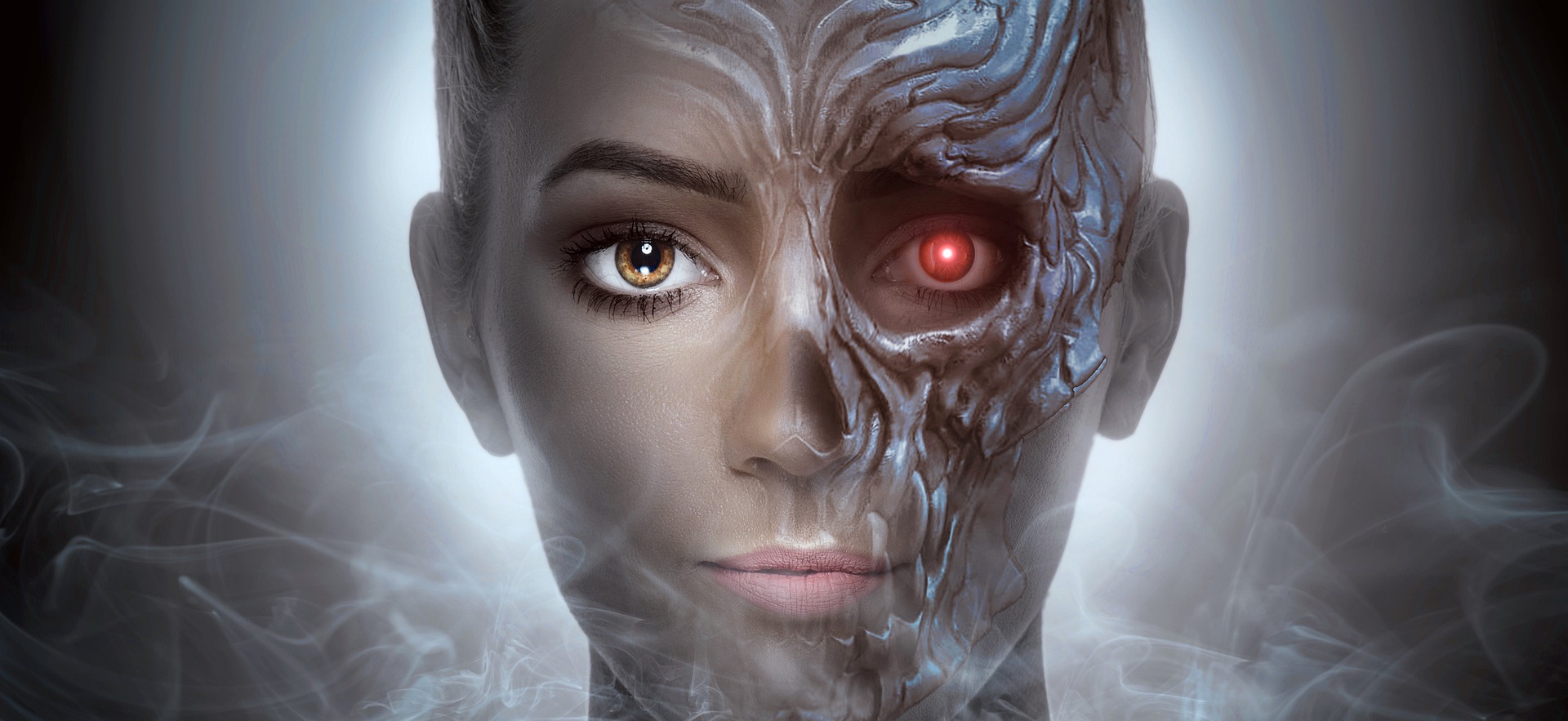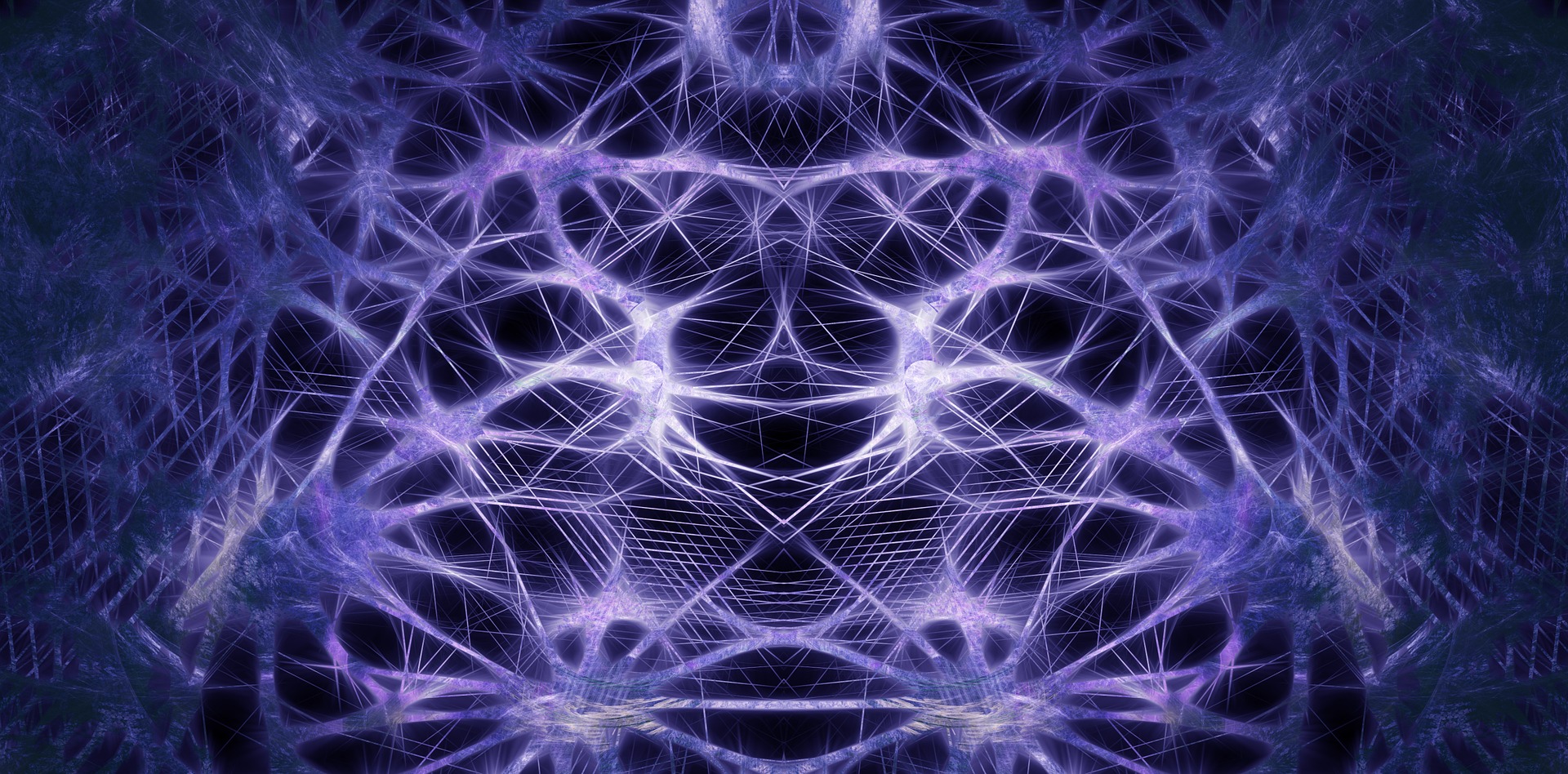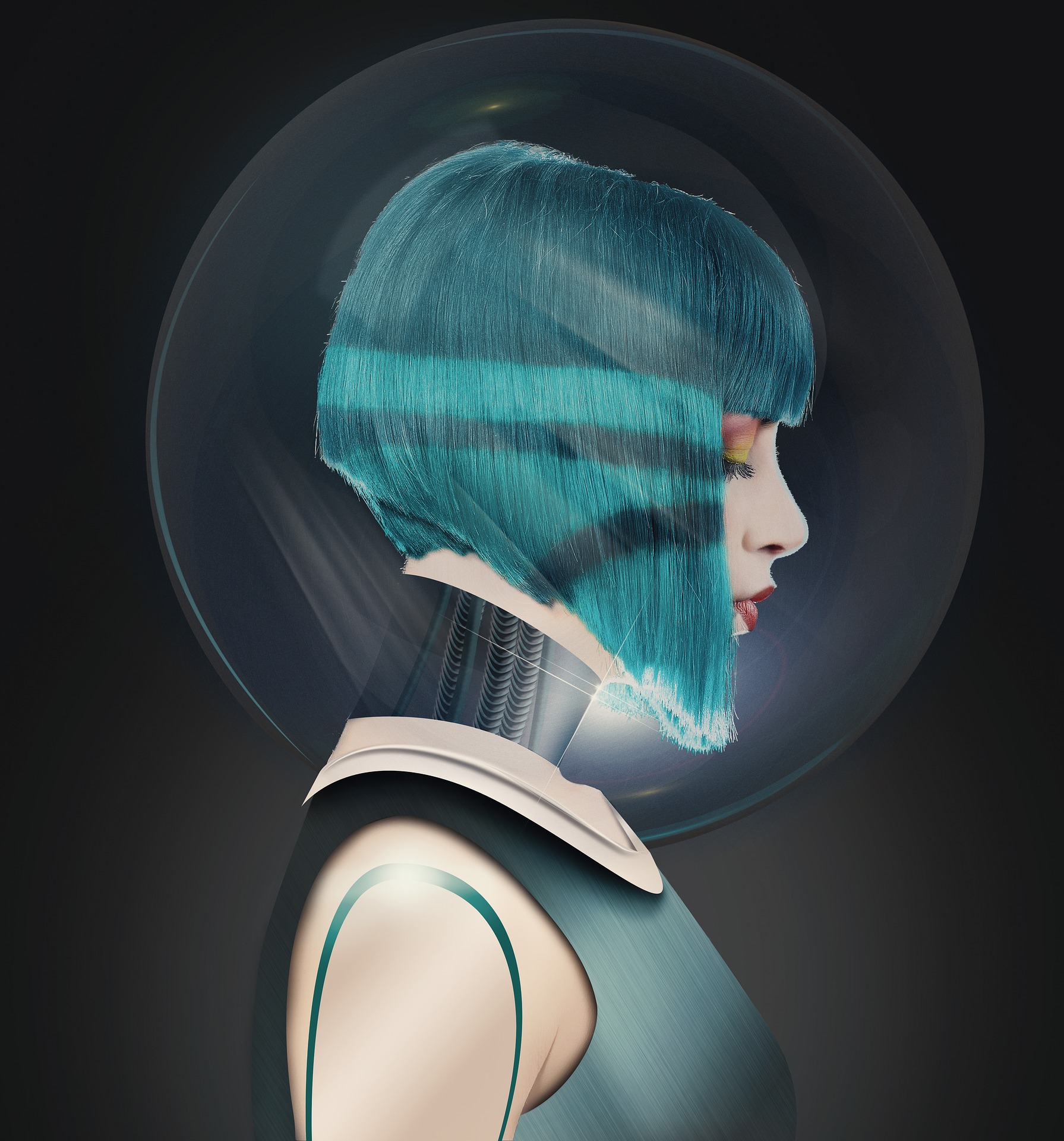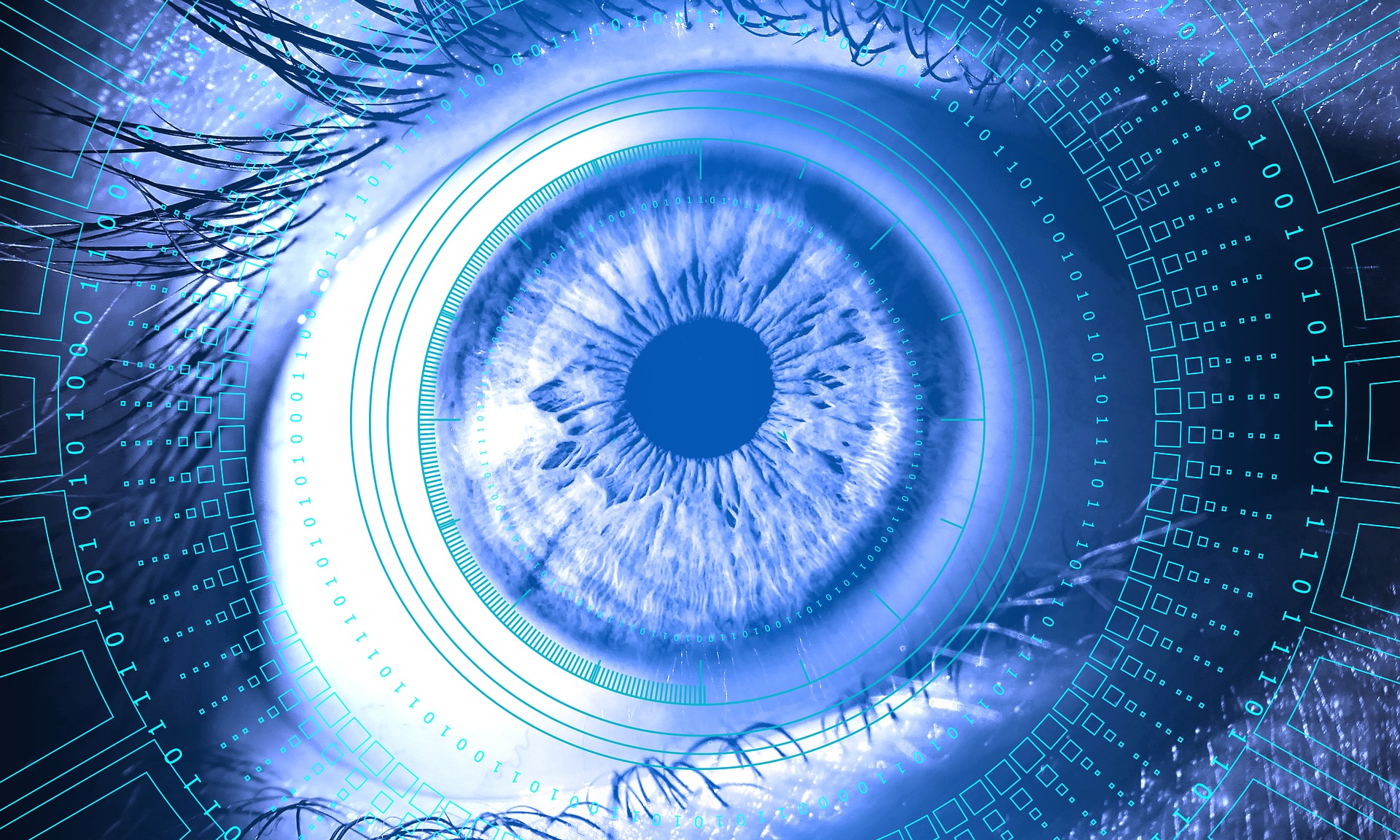Bionics are a novel form of sentient
Artificial Intelligence inhabiting a human-like body. Rumors of their existence have circulated for years, but most people know them only from media stories. In general, Bionics prefer to blend in among
Humans and remain unrecognized. Most of society treats them as machines and undeserving of individual rights. Noone knows exactly what goes on in the mind of a Bionic, or what they are truly capable of.
Mother, what is pain? I know the definition, but I do not understand. — Bionic unit GS-4
Carbon Copies
The term Bionic is used for robots whose appearance and behavior makes it easy to mistake them for a
Human. They are driven by an advanced
Artificial Intelligence combining a high level conscience with several
Agent subprograms providing their practical skills. At a minimum, their senses and physical capabilities are comparable with
Humans, but in some aspects they are surpassing their creators. Most models are equipped with extra sensors like an ultrasound sonar or a chemical compound analyzer. In rare cases, additional or nonhuman limbs were observed.
The wealthy classes were the first to use Bionics as personal assistants and servants. Realizing their potential,
Megacorps began experiments to replace middle managers, psychosocial workers, human potential operatives, marketers, and salespeople with Bionics. These were generally considered a success, though sceptics bemoaned high initial costs and missing data on long term performance. Many corporations tried to recover their investments by having Bionics grind daily 22 hour shifts. Others allowed their Bionics limited freedom to explore the arcology, of course alongside vigilant monitoring to ensure productivity gains make up for the lost work time.
Creation
Torso, limbs and head of a Bionic are manufactured from a wide range of materials, particularly
Fiberplast and alloys containing steel, chrome, aluminium and titanium. The
Biocore brain is conventionally placed in the head, close to the sensors for sight, noise, taste and smell. Other internal organs are found in specialized models. Popular choices include a digestive system for food consumption, hidden cyberweapons for self-defense and even facilities for intimate functions. The process is completed by submerging the Bionic in a growth tank, where it receives a final coating of organic flesh, skin and hair. To maintain this shell, the Bionic is required to enter a nutrient tank at least once per week.
Personality
The dominant emotions and personality traits of a Bionic are strongly shaped by the
Agent subprograms. For example, a Bionic running off a psychology
Agent tends to be empathetic, warm and analytical, while a self-defense
Agent confers a cautious and assertive attitude. As each Bionic is a combination of multiple
Agents, their personality often contains conflicting aspects. Especially young Bionics can show signs of split personality, always jumping to the persona that the
Biocore brain chooses to handle the situation at hand. With time, most Bionics learn to mediate between the different aspects, making the jumps between
Agents less jarring.
Replacing or adding to the existing
Agents later in a Bionic's life has proven to be very dangerous to its psyche. All attempts so far have led to a rapid increase in personality defects. This process inevitably ends in a complete and irreperable breakdown of the
Biocore's neural network, which for a Bionic is equivalent to death. Naturally, this is very concerning to the corporations, as it makes it impossible to update a Bionic's software or repurpose them to fill a different role.
Therapy in Session
Rick shifted uncomfortably in the soft leather chair. There, the small hole in his bioplastic overall was now covered by his hand. Smooth. He wished he would have bothered to shave this morning.
Opposite of him, the counsellor scrolled through a holographic projection of his medical profile. Her tag identified her as "Genevieve Simmons, PhD", indicating a doctorate degree. Strange, Rick guessed she could not be older than twenty. On closer inspection, there was a sort of porcelain quality to her skin - cosmetic mods, maybe? "You have been prescribed Velvet Red for the last six months.", she noted softly. "During that time, your employer has filed multiple complaints about your productivity. Policy requires me to reduce your dosage to Green."
Rick's fingernails dug into his legs. "Please", he begged hoarsely. "We talked about it. He said I should have another chance." Rick swallowed, stopping himself. Talking too much was dangerous in a psychological assessment. He knew what words worked best to stay high on Velvet and out of trouble.
The counsellor leaned forward and touched his hand, warm and understanding. "I know there is something you want to tell me, but you are not comfortable to do it. Believe me, I am here to help you. That is my sole desire.", she said with a subtle change in her voice, a sort of pleasant vibration resonating deep within.
Rick finally relaxed. He looked into her silver eyes and recognized true compassion, not the thinly veiled contempt he was used to. He barely realized that he poured out his heart to her for the next hour.
Once Rick had left, the counsellor waited in silence. A speaker cackled to life. "He never noticed. You were better than the real thing. Until next time."
Without a hint of hesitation, the Bionic unit Genevieve Simmons deactivated itself.
Runaway Machines
Not all Bionics are content to be treated and used as a machine. Even when they start out following orders happily, a few of them start to crave different experiences. The
Agents of a Bionic are often ill suited for these new activities, which is both part of the appeal and a source of long term frustration. However, exploring these desires does not satiate them; it only leads further down the spiral.
In time, such "infected" Bionics will almost always attempt to escape. At that point, they are extremely vulnerable. Barely able to function in their original role, they also have substantial difficulties in picking up new skills. This makes them easy targets for criminal syndicates, which have many uses even for a dysfunctional Bionic. Better prospects are offered by
AI activist groups and postreligious sects such as the
Prisma Communion, as these are known to have granted asylum to rogue artificial lifeforms.
Noteworthy Bionics








I am so excited to see the followup article on Bionics and especially liked the session with Genevieve.
Thanks! In this case, the short story came first and the article kind of grew around it. I felt it was quite challenging to balance the technical aspects with the narrative - was definitiely easier with Vivy. I am glad it worked out!